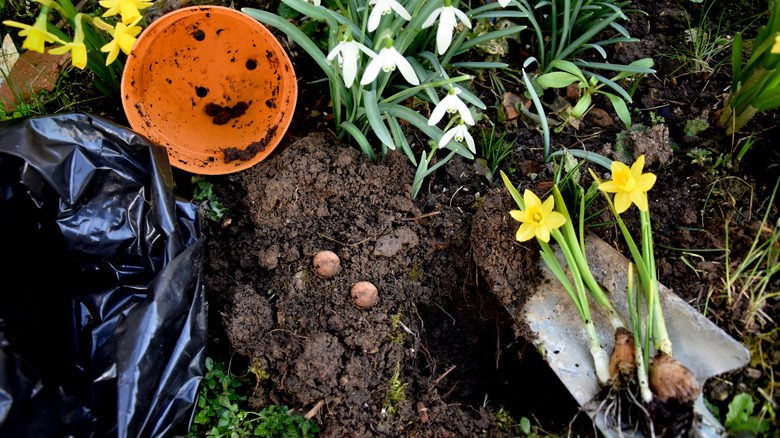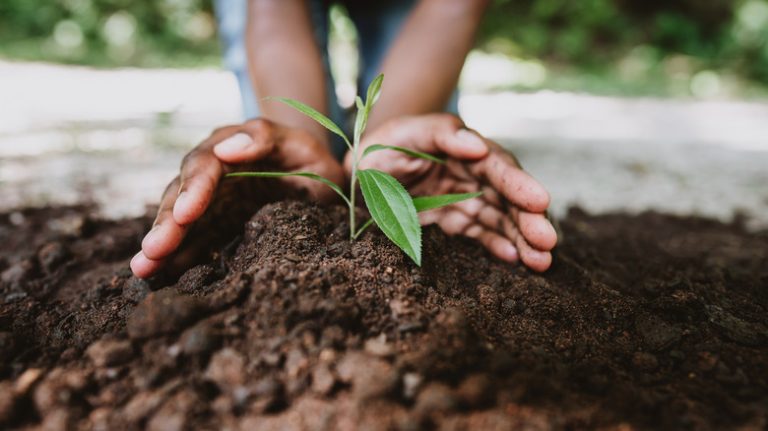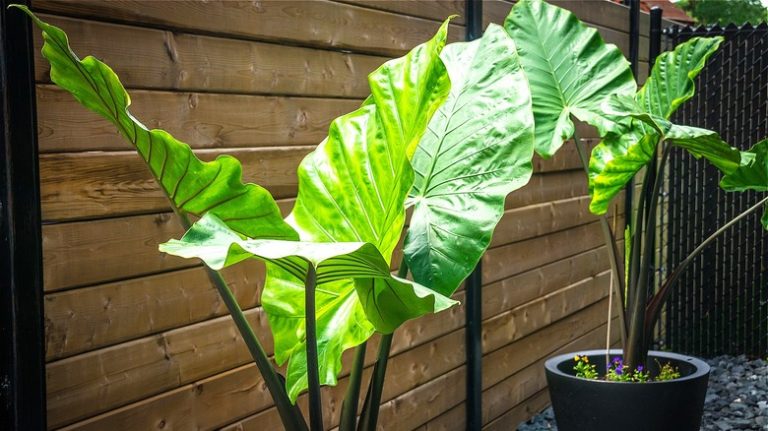Daffodils are undoubtedly one of the most loved and sought-after flowering plants for gardeners and homeowners. Often one of the first flowering plants to emerge in spring, bringing a vibrant yellow pop of color to the barren winter landscape, daffodils are a true perennial gem in the garden. Children and adults alike eagerly await this beauty’s spring appearance, signaling the end of cold winters and ushering in a new season of warmth and rebirth. However, because they grow from bulbs, the number one mistake gardeners make when planting daffodils has to do with soil depth. Planting your daffodils, either too shallow or too deep, will inevitably end up in either a mushy dead bulb or a lack of flowers.
There is a simple solution to the soil depth mistake when planting daffodils. Generally, it’s a safe bet to plant the bulb 6 to 8 inches beneath the soil’s surface. However, there are more precise methods of measuring the optimal depth by measuring the bulb’s diameter. If you’re new to the fabulous world of daffodils, here’s everything you need to know before planting.
What are daffodils, and how to correctly plant them
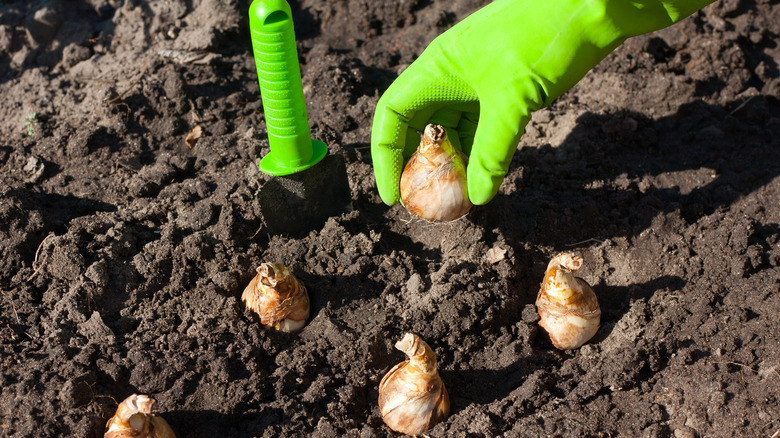
Daffodils belong to the Narcissus genus and are originally native to Europe and parts of Northern Africa. Long admired for their beauty, daffodils can be found painted onto ancient Egyptian tombs. These gorgeous flowers have truly made their mark on the world. In fact, their ornamental popularity has led to the creation of a whopping 26,000 cultivated varieties.
Daffodils are cold hardy spring flowering bulbs that need to go through a process called “hardening off” before they can flower successfully in the spring. The daffodil bulb is essentially a dormant plant. Furthermore, for the bulb to successfully establish and flower in the spring, it must break dormancy in the ground before it freezes over for winter. The soil temperature has to be around 55 degrees Fahrenheit for the bulbs to break dormancy. They need at least six weeks to grow and establish roots before the ground freezes, and in this time, the roots turn water into carbohydrates that act as antifreeze and help the bulb survive the winter. If there isn’t enough moisture in the soil while the bulb is breaking dormancy and establishing a root system, it will not successfully “harden off,” and the water present in the bulb will freeze and burst the cell walls, killing the plant. To prevent this, plant your bulbs in October, ensure they get enough water before the ground freezes, and are in a sunny, well-draining spot.
Importance of soil depth when planting daffodils
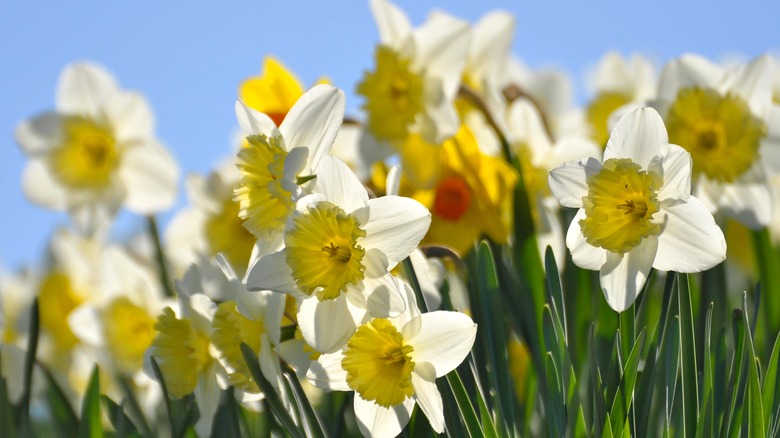
As illustrated above, most of the magic, I.E., metabolic processes, happen underground for this star-of-the-show, bulbous, flowering plant. Soil depth is a vital part of growing happy daffodils. If planted too shallow, the bulb cannot undergo the critical phase of breaking dormancy and establishing its root system before the ground freezes. Planting the bulbs too deep can cause the bulb to rot and face many challenges when trying to emerge above the soil. Getting the soil depth just right is essential in order to have healthy, luscious trumpet-yellow blooms come springtime.
The foolproof way to avoid this common soil mistake is to plant the bulb 6 to 8 inches deep into the soil, ensuring that the base of the bulb is no more than 8 inches below the soil surface. However, if you have heavy clay-based soils, you can plant them a bit closer to the surface. On the other hand, if you have sandy soil, you can plant them a little bit deeper. Another rule of thumb is to plant the bulbs at a depth three to four times the bulbs’ height. This will ensure that your daffodils are well established and healthy, and put out large flushes of flowers each spring. If you have pets or young children romping around your daffodils, it is essential to note that they are toxic and pose a safety risk to curious cats or kiddos.

